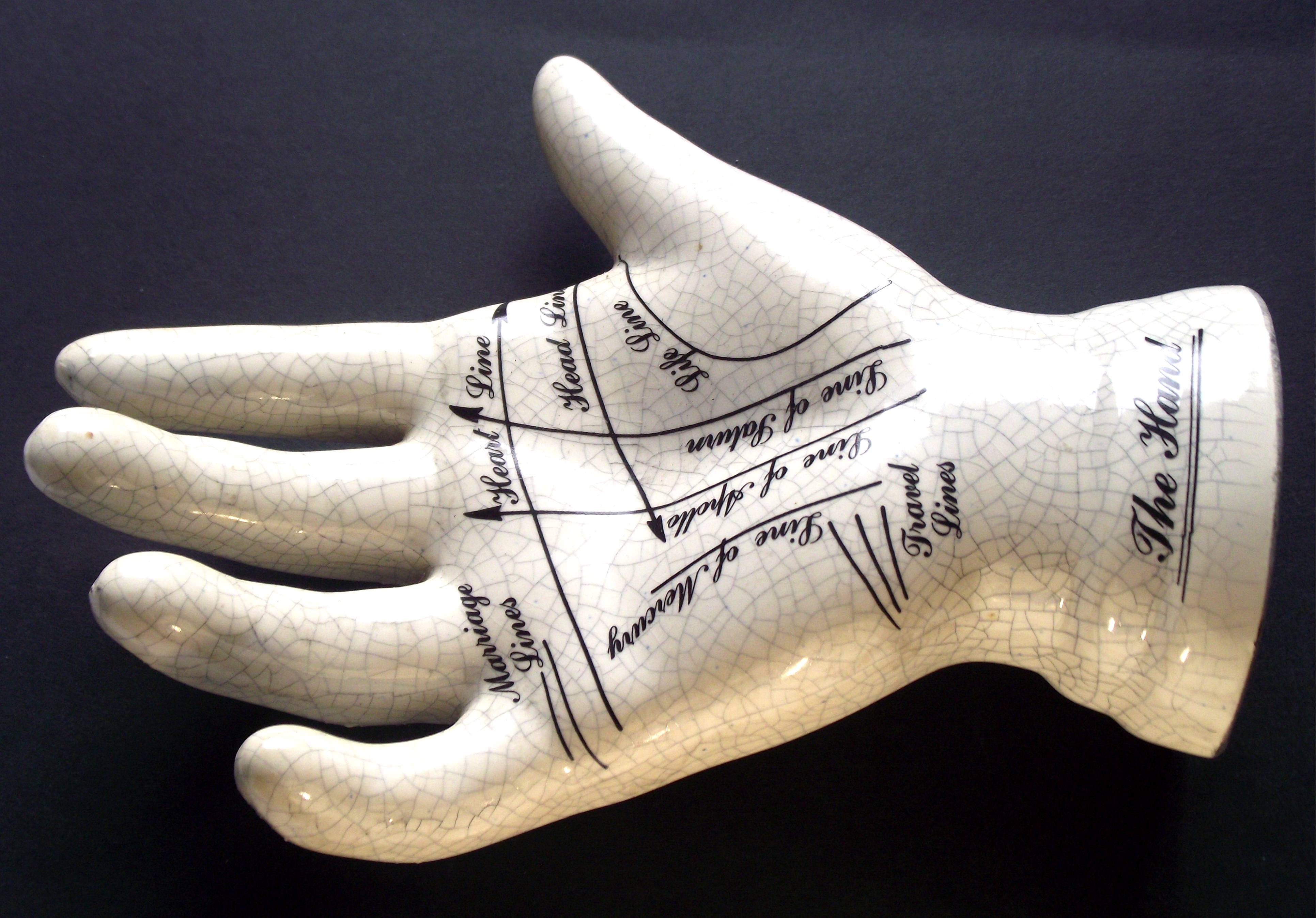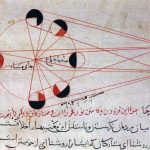The practice of foretelling the future using many techniques is an ancient practice. It is not confined to any culture or region. Palmistry or reading palms is also a time-honored, cross-cultural practice.
Palmistry Facts
Palm reading has been in existence for millennia. People will always be curious about the question of ‘What will happen tomorrow?’.
Palmistry is one technique in astrology that tries to answer this question. The practice of palm reading is wide-spread in the Eurasian region. Its roots may be traced back to Hindu astrology, fortune-telling Romas (Gypsies), and Chinese divination techniques. Millennia ago, Sage Valmiki wrote a text on Male Palmistry. The knowledge spread across to China, Egypt, Persia, and then to Europe. In India, Palmistry is part of Nimitta, one of the branches of Jyotisha. Nimitta involves the study of signs and portents, which includes the study of body markings. In Greece, Aristotle discovered a treatise on the subject and presented it to Alexander, who used it frequently. The Catholic Church banned this practice in the Middle Ages.
In Recent Times

In the nineteenth century, there was a revival of interest in the subject in Europe and America. Irishman William John Warner is one of the central figures in the revival of the practice of Palmistry. He used the pseudonym Cheiro, and modern Palmistry in the west is now called Cheirology. Cheiro had many illustrious clients including Mark Twain, Thomas Edison, the Prince of Wales, and Oscar Wilde. Many works on the art and science of palm reading have been published over the years.
Practitioners mainly read the lines and bumps on the palm to foretell the future. Each line and bump has special significance. While Palm Reading is branded as a dubious Pseudoscience, many people across the world still believe in it and practice it
The Basic Philosophy of Palm Reading
Palmistry meaning – Palmistry uses the lines and mounts on your palms to read your personality, your past experiences, and your behavior. Based on all these, the Palmist guides you on future courses of action.

Palmistry and Astrology
The formal study of Palmistry in India is called Hastha. It studies the whole shape and size of your hands, the entire hand structure, besides the lines. Each hand is also associated with one of the four tangible elements, Earth, Fure, Air, or Water. While Hindu philosophy recognizes space as an element, this is not included in Hastha.
Palmistry Basics
When you say you are an astrologer, most people at once show you their palms, expecting you to read it, the association is so close. To read palms, you first need to identify the element associated with it. When this is done, a palmist gets a general idea of the person’s character and lifestyle.
Hand Shapes and Associated Elements
- Earth: Short, broad, square hands with palms and fingers of equal length are associated with Earth.
- Fire: Hands are rectangular or square, palms are longer, with short fingers.
- Air: Palms are rectangular or square in shape, with long fingers.
- Water: These hands, on the other hand, are rectangular, with long fingers
What is The Significance?
A person with an Earth hand is down-to-earth, hardy, and practical. They are also generally village or small-town folk, who lead a simple lifestyle.
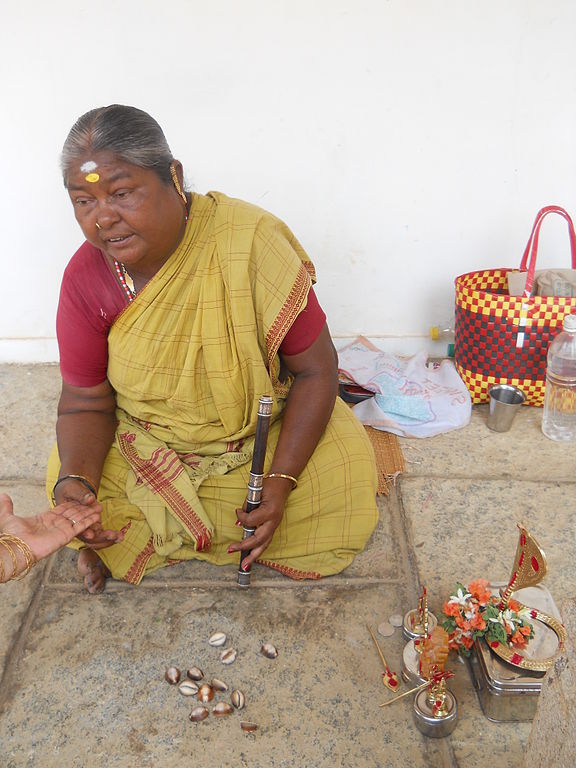
Water people tend to be artistic, creative, emotional, sensitive types. Similarly, l
Someone with a Fire hand tends to be energetic, creative, intelligent, but impatient and short-tempered.
With this basic information, a good palmist can advise a person about their future plans. For instance, they would probably advise the Earth hand person to stay close to nature, and avoid highly urbanized regions where they will not be very happy. Likewise, the water hand person will probably receive the advice to choose creative fields, or they can become good therapists, energy healers, etc. For a deeper palm reading, you need to consider the lines and bumps on the palm. The bumps are called mounts in Palmistry:
The Basic Principles of Palmistry Reading
Your palm has many lines, creases, bumps, and markings. All these are read by palmists. The major and minor lines, bumps, small marks like stars and crosses all provide information about you.
Even your fingers are important. Their names in Cheirology:
- Index Finger – Jupiter Finger
- Middle Finger – Saturn Finger Finger
- Ring Finger – Apollo Finger
- Little Finger – Mercury Finger
- The Thumb? The lower half of your thumb represents logic while the upper half denotes your will
- The bumps below the fingers are called mounts and are named after the corresponding finger – Mount of Jupiter, Mount of Apollo and so on
The lines and mounts in your palms are more important, so here we give an overview of these.
The Significant Palmistry Lines
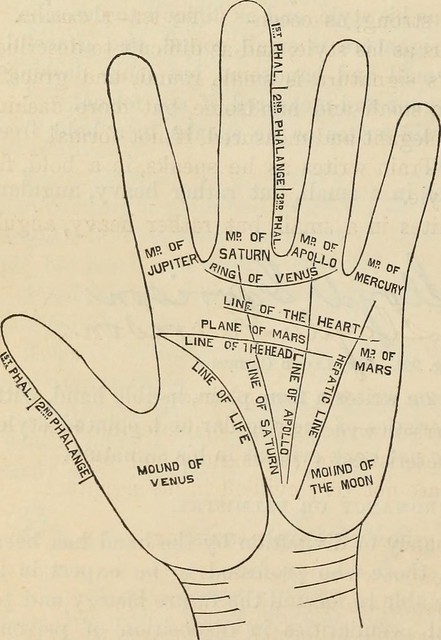
The major lines are associated with the head, heart, fate, etc.
The First Three Lines
The Heart Line: This major line lies below the fingers and at the base of their mounts. It moreover extends from beneath the base of the Mount of Jupiter to the outer edge of the base of the Mount of Mercury. This line represents the emotions and attitudes of the person. It also gives an indication of a person’s romantic life.
The Head Line: This palmistry line occurs a bit below the heart line and runs parallel to it. The Head Line is chiefly an indicator of intelligence, the quest for knowledge, communication skills, etc. This line may also be used to identify the type of knowledge the person will be interested in. That is, it can indicate left or right brain tendencies. Logical or creative, reps[ectively.
The Life Line: This one runs from the edge of the palm above the thumb, towards the wrist. It encircles the large Mount of Venus. This lifeline does not directly indicate how long you will live. Rather, it gives an indication of your physical health, your vigor, and vitality. This line may also indicate some life-changing events like accidents, relocations, and so on.
The Total length of these 3 Lines
The total, length of the above three palmistry lines may provide some interesting insights into a person’s personality. If the total length is larger than the length of the person’s foot, it may indicate an aggressive attitude. A shorter length than the foot indicates a plaint, submissive character. The matching length shows the person is calm and balanced.
The Next Few Lines
The Fate Line: This starts from the center of the palm and runs up towards the base of the middle finger. It indicates education and career and the possible obstacles in these aspects of life. It is also thought to represent circumstances or events beyond one’s control.
The Sun Line: This palmistry line runs from the base of your palm towards the Ring Finger. This line denotes fame or notoriety.
The Mercury Line: This line gives an indication of your business acumen, your communication skill. It may also denote many health issues
The Significance of the Mounts
The bumps or mounts also have special significance in palmistry. Let us just look at the four mounts at the base of your four fingers and what they stand for:
Mount of Jupiter: Located beneath the index finger, this mount denotes leadership qualities. The level of prominence of the mount corresponds with how aggressive and successful the subject will be.
Mount of Saturn: This indicates a person’s will and drive, their passion and perseverance in achieving their goals. For instance, if your Mount of Saturn is well-developed, you will always achieve your goals, but you tend to be a lover who neglects his personal life and relationships in pursuit of other goals
Mount of Apollo: This mount, located at the base of the ring finger, denotes creative genius and success in the relevant field. Those with a prominent Mount of Apollo tend to be musicians, artists, or painters. In fact, they are prodigies, born with the skills and inclination in the field they excel in
Mount of Mercury: Situated below the little finger, it indicates good fortune, wealth and prosperity, depending on how well it is formed.
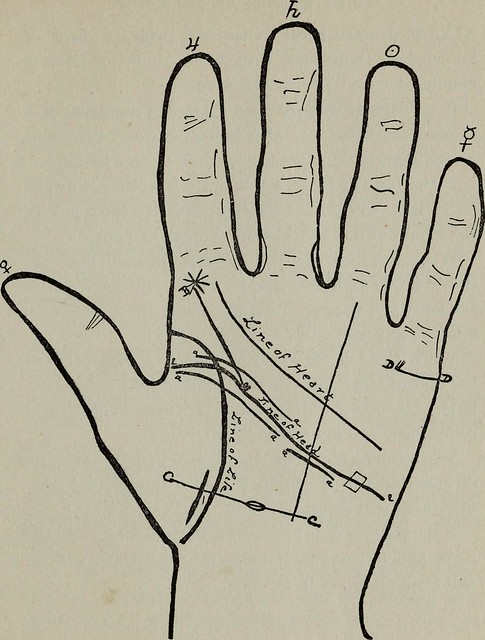
Palmistry for Marriage
Everyone wants romantic relationships and most want the commitment of marriage. In India, horoscopes are taken up mainly to fix marriages. So, with this much importance given to marital relationships, how do you read this in Palmistry?
- On your palm, short palmistry lines beneath the little finger indicate romantic relationships and marriage.
- One long line, without any cuts or gaps, indicates a long happy marriage
- More than one line indices multiple romantic relationships. If the lines are deep, they denote marriages, if they are shallow, they indicate short affairs
- A fork at the end of the marriage line indicates divorce or separation
- However, a fork at the beginning (outer edge) of the line hints at a delay in marriage after an engagement
- The age of Marriage? This depends on the length between your marriage line and your little finger. Specifically, if the marriage palmistry line is close to the little finger, it indicates a late marriage. If, on the other hand, it is closer to the heart line, that means an early marriage. The gap between the base of the little finger and the heartline is fixed as fifty years
In Conclusion
Palmistry is a part of astrology, it is a practice prevalent since ancient times. The practice was defined and formulated in India, traveled across the world, underwent regional modifications. It was studied by the Chinese, Egyptians, Persians, Greeks, and Romans. While the Catholic Church banned the practice of Palm reading in the middle ages, it experienced a revival in the west in the past few centuries. While the first known treatise on this subject was written by Sage Valmiki, the Irishman William John Warner is now known as the Father of Palmistry. This is because of the efforts he put into reviving the art and giving it a set of properly organized reference texts for study.




